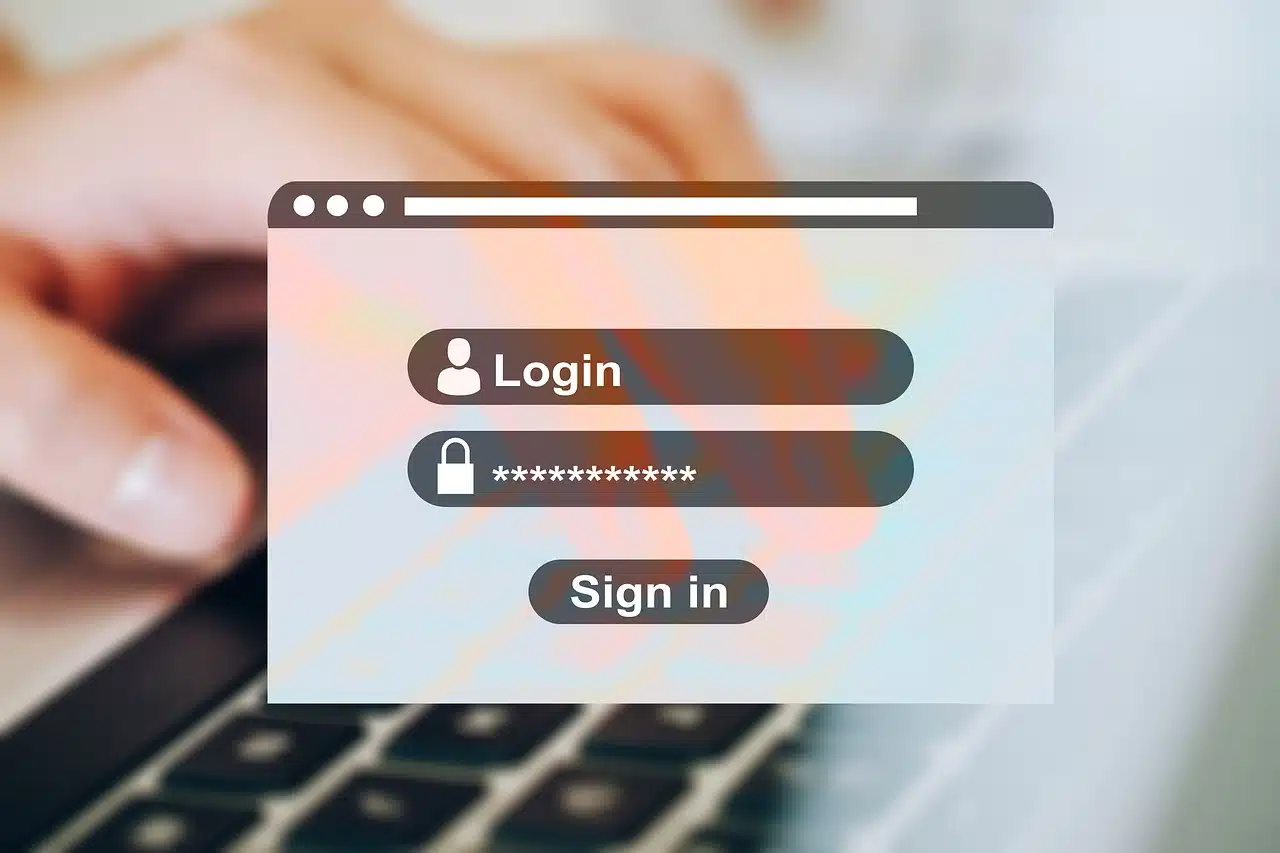
A user is someone who frequently uses a service.
A user is someone who ordinarily uses something , according to the definition offered by the dictionary of the Royal Spanish Academy (RAE) . The term, which comes from the Latin usuarius , refers to the person who uses some type of object or who is the recipient of a service , whether private or public.
For example: “Telecommunications users have the right to demand that operators fulfill what they promise in their promotions,” “A Facebook user committed suicide because of the criticism his friends left on his virtual wall,” “Good morning. ” afternoons, I would like to make a claim for the interruption of service; My user number is 53542.”
The notion of user is very popular in the field of computing . In this sense, a user can be either a person, a computer or an application, since the concept is linked to access to certain resources or devices.
Types of users
The end user is known as the person for whom a product is intended when it has already passed the various stages of development. It is, therefore, the subject that has a direct interaction with the product.
The registered user is one who has an identifier (username) and an access code (also known as password) to use an Internet service. The registration process can be free or paid and after registration, the client obtains his own account that stores his personal information (his name, an email address, etc.); This allows you to access information not available to those who are not registered in the system in question.

Designers must take into account various issues to ensure a good user experience.
Creating an ideal experience
When a computer developer sets out to create a program or a video game, they must take into account a series of fundamental points, most of which revolve around the user experience. In the field of software and digital entertainment, the word customer is too cold to talk about consumers; By referring to them as users, an allusion is made to a very particular level of intimacy, given the closeness between them and the products.
For this reason, each aspect of the development must be carefully reviewed, trying to put yourself in the user's shoes to evaluate their potential satisfaction at each step. Let's look at some of the pillars of design that directly affect consumers:
- The graphical interface : these are all those elements present on the screen that allow navigation through the program . They can be buttons, drop-down lists and menus, among others, and represent the means by which the user interacts with the software, which is why it is essential that it be clear, concise and that it responds in a solid and consistent manner to commands.
- The controls : computer programs usually use the classic mouse and keyboard combination; But since the birth of touch screen devices, the variety of control types has grown considerably. From gestures to adapting mouse actions to the tip of a finger, the possibilities are many. It is important to look for the greatest possible functionality, always thinking about what a user would do, guided simply by their intuition , without having read the instructions.
- Functionality : software development companies must always find a balance between the time needed to create a product, the number of employees and the number of functions they will include, so that their projects are profitable. However, in this quest to balance resources, it is essential not to make cuts that hinder the user experience or frustrate them due to the lack of an element that they consider essential.
